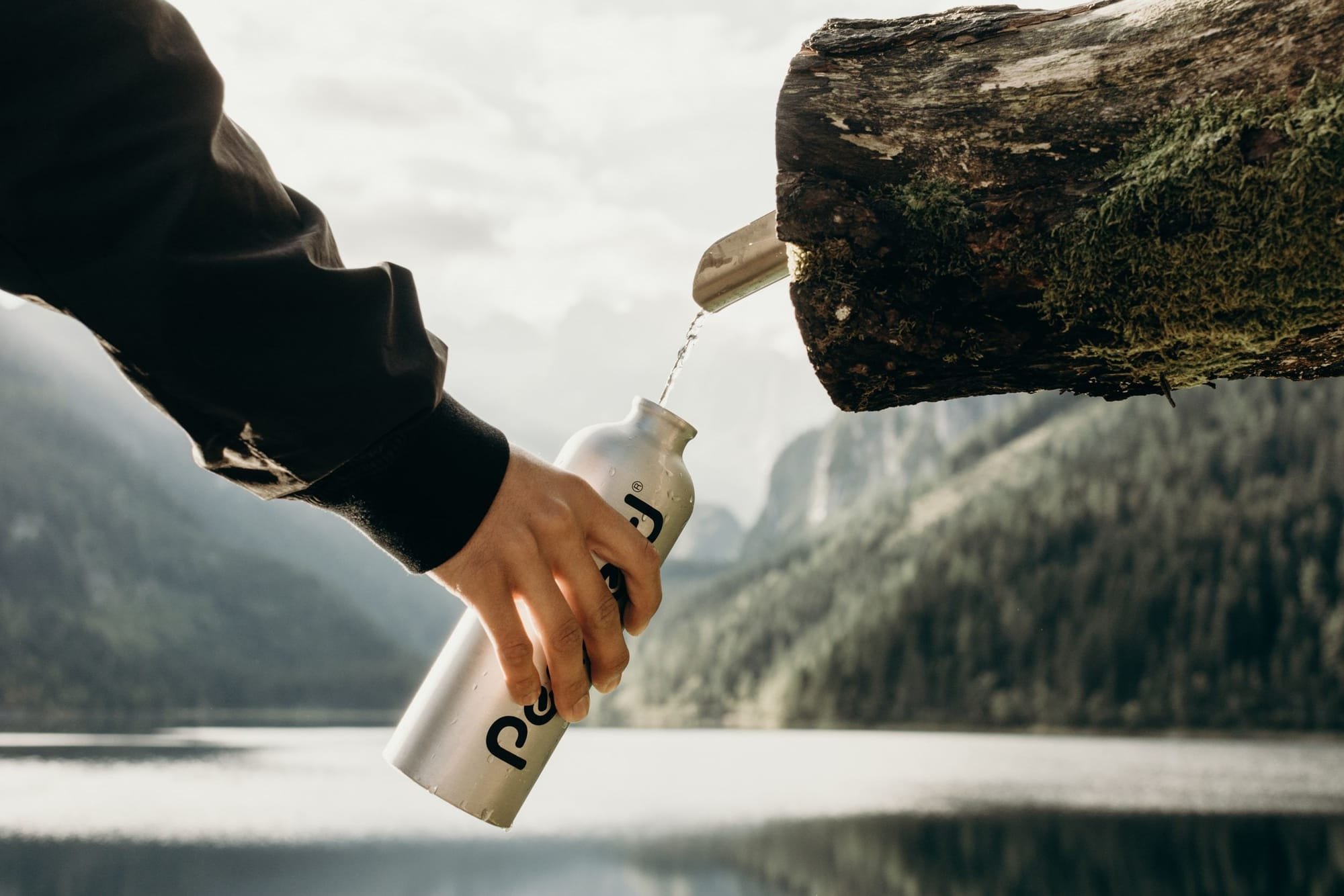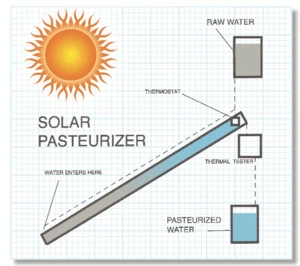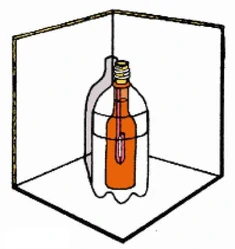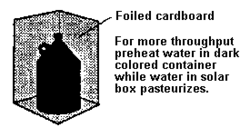Water pasteurization with Solar

Contrary to common belief, biologically-contaminated water does not need to be boiled to make it safe to drink; it only needs to be brought to a temperature that is sufficient to kill all disease-causing organisms.[1] This is known as water pasteurization. Because the pasteurization temperature is much lower than the boiling temperature, pasteurization results in significant fuel savings when compared to boiling.
The dangers of unsafe drinking water cannot be overstated.
The World Health Organization estimates that there are roughly 1.7 billion cases of diarrheal disease annually, resulting in the death of nearly 760,000 children under the age of five every year, making it the second leading cause of death in this age group. [2] Yet, in many of the most severely affected regions, sunshine is an abundant source of energy that can not only cook food but can also heat water to temperatures that kill harmful microbes, making water safe to drink.

It has been known since the late 1880s, when Louis Pasteur conducted ground-breaking research on bacteria, that heat can kill pathogenic (disease-causing) microbes. Most people know contaminated water can be made safe by boiling.
What is not well known is that contaminated water can be pasteurized at temperatures well below boiling, as can milk, which is commonly pasteurized at 71 °C (160 °F) for 15 seconds.
[1]The chart below indicates the temperatures at which the most common waterborne pathogens are rapidly killed, thus resulting in at least 90 percent of the microbes becoming inactivated in one minute at the given temperature. (The 90 percent reduction is an indicator frequently used to express the heat sensitivity of various microbes.)
Thus, five minutes at this temperature would cause at least a 99.999 percent (5 log) reduction in viable microbes capable of causing disease.
| Microbe | Killed Rapidly At |
| Worms, Protozoa cysts (Giardia, Cryptosporidium, Entamoeba) | 55 °C (131 °F) |
| Bacteria (V. cholerae, E. coli, Shigella, Salmonella typhi), Rotavirus | 60 °C (140 °F) |
| Hepatitis A virus | 65 °C (149 °F) |
| (Significant inactivation of these microbes actually starts at about 5 °C (41 °F) below these temperatures, although it may take a couple of minutes at the lower temperature to obtain 90 percent inactivation.) | |

